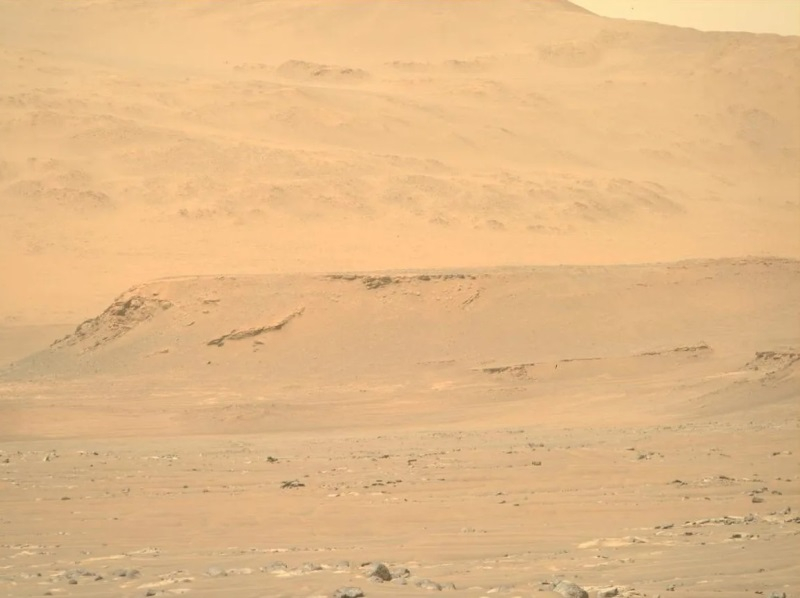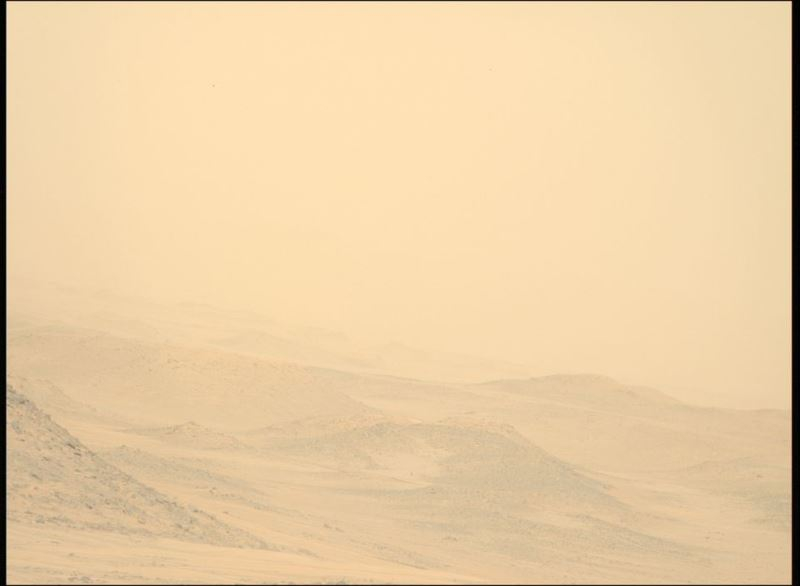The US National Aeronautics and Space Administration (NASA) rover Perseverance will soon be able to study rare rock fragments that were the result of an asteroid impact and are still on the surface. The rover stubbornly continues to move towards the western edge of the Jezero crater called Dox Castle, where scientists believe there are fragments of rock that appeared after the impact of the asteroid.

Image of the crater rim taken March 19. Dox Castle can be seen in the background / Image source: NASA/JPL-Caltech/ASU
Recall that Jezero is an impact crater that was formed after the fall of an asteroid. In later times, there was a lake in this place, of which now only a dry bottom remains. Perseverance has been studying the crater since 2021, looking for signs that living organisms were present on Mars in ancient times. Castle Dox is located between an area called the Margin Unit, which is on the inside of the crater rim, and the rim itself. This gives scientists the opportunity to study samples of ancient rocks that were damaged by the asteroid impact and scattered in the area.
«Dox Castle will be our first chance to explore the rim. With the Perseverance rover, we can study some of the oldest rocks discovered on the planet,” said Margaret Deahn, from Purdue University in Indiana and involved in mapping the rover’s trajectory to the rim of the crater.

View of Jezero Crater from a slope during a dust storm in August / Image source: NASA/JPL-Caltech/ASU
Perseverance began its ascent along the Jezero slope in mid-August. The rover has completed the main tasks of its mission, and now scientists are trying to use it to explore a different and much older region than the one in which the rover has been located so far. The rover should also collect 13 soil samples from the area, which scientists hope will one day be brought back to Earth for detailed study.
The rover left the previously collected samples at the bottom of the Jezero crater, where they will lie, awaiting the arrival of a device that can pick them up and deliver them to our planet. The development of such a device is being carried out by NASA together with the European Space Agency (ESA), but so far the timing of the mission to deliver samples from Mars has not been determined.